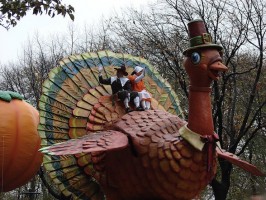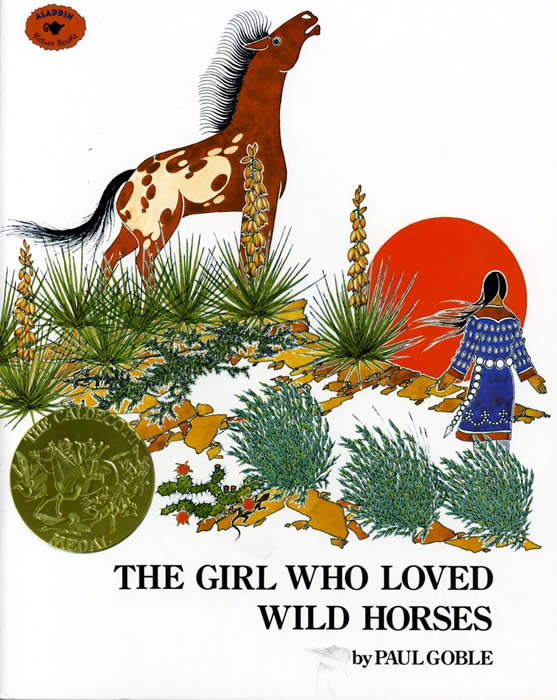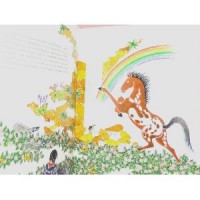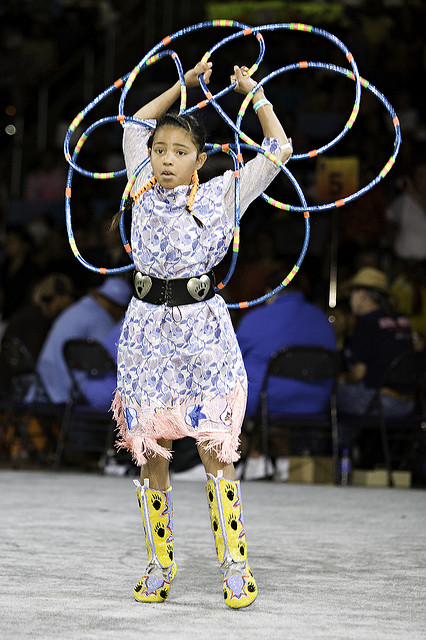As Thanksgiving Day approaches, there is no better time to bring cultural dance into the classroom or Native American culture into the studio!
 It is important that children understand that Native American people are not characters in a Thanksgiving story, but a people with a rich and deep culture. And one way to explore a culture is through its art.
It is important that children understand that Native American people are not characters in a Thanksgiving story, but a people with a rich and deep culture. And one way to explore a culture is through its art.
Through the web and YouTube, it is now easier then ever to obtain information and watch traditional Native American dance. The following is a great jumping off place. (I know it was for me!)
Investigating
Native American Hoop Dance:
“The hoop dance is consistently the most requested dance throughout the United States. The hoops symbolize a sacred part of the Native American life. It represents the circle of life with no beginning and no ending. Watch as the dancer begins with on hoop and keeps adding and weaving the hoops into formations that represent our journey through life. Each added hoop represents another thread in the web of life.” www.nativespirit.com/hoop_dance.htm
Nakotah LaRance – 6 time World Champion Hoop Dancer
The hoop dance can also represent the beauty of the world and nature. Some symbols that are depicted in the hoops are the butterfly, eagle, flower, and mother earth or world.
Discovering
I watched the hoop dances with my daughter and she screamed out the different animals she saw in the hoop shapes. She also hopped in a circle and kept the rhythm in her feet as we watched. She was fascinated by the dance and asked me to play it many times. Then she wanted me to stop watching the dancer and start watching her do the dance.
You don’t have to know specific cultural dances to explore themes, stories and images. What is important is to bring to your class an authentic understanding of the concepts while letting go of any stereotypes or cliches.
If you have a TV or computer accessible in your studio or classroom, show your students some Native American dances.
Ask:
- What do you see? Talk about the symbolizes and the meaning behind the dance.
- What are some similarities and differences in the Native American dance and another type of dance you are familiar with? (like ballet, jazz, tap,etc.)
- What movements do you remember from the video? How can you represent an eagle, a butterfly or a flower in movement?
- What are the instruments you hear in the music?
Don’t try to copy the dances but explore the elements of the dance.
Take some hula hoops (or any type of hoop you have – the smaller the better) and see if the children can bring the hoop over their heads and bring them back down. Now try it while hopping or walking in place. Can you turn with your hoop? Can you hold the hoop perpendicular to the floor and jump through it? Can the class make some shapes with the hoops like an eagle’s wings or flower?
Exploring
Share a Native American legend or story with the class.

An example of an activity you can do with your class is read your students The Girl Who Loved Horses by Paul Goble. It is a retelling of a Native American legend about a girl who becomes a horse. The book’s illustrations are stunning and captures the horses movements beautifully.
After reading the story, ask the children if they would ever wish to become an animal and why. Explore the gallop of a horse and movements that are inspired by the animals the children would like to become.
” But when the hunters next saw the wild horses there galloped beside the mighty stallion a beautiful mare with a mane and tail floating like wispy clouds about her. They said the girl had surely become one of the wild horses at last.” Paul Goble
 It does not matter if you bring a painting in for the children to see, a song to listen to, a book to read or a dance to view. The important thing is to incorporate other cultures into your teaching. Broaden the children’s minds, knowledge and experiences. Use other cultures to influence your art and expand your teaching tools as well. It will be well worth the effort.
It does not matter if you bring a painting in for the children to see, a song to listen to, a book to read or a dance to view. The important thing is to incorporate other cultures into your teaching. Broaden the children’s minds, knowledge and experiences. Use other cultures to influence your art and expand your teaching tools as well. It will be well worth the effort.
I would love to hear your thoughts about bringing various cultural experiences into your classroom and studio!
Stacey Pepper Schwartz is the Founder and Director of Leaping Legs Creative Movement Programs. The focus of Leaping Legs is to help people regardless of age, experience or ability, become educated about their movement potential, develop kinesthetic awareness, and become more physically fit and healthy together as a family, and community. Leaping Legs promotes its goal through its original Up Down & All Around DVD, teacher training, and school and community workshops. The Up Down & All Around DVD received Dr. Toy’s 100 Best Children’s Products 2009 Award and 10 Best Active Products 2009 Award. The DVD has also been featured in many magazines including Dance Teacher and Dance Retailer News. In its August 2009 issue, Dance Teacher called the DVD “an essential tool for teaching the fundamentals of movement with daily adult-child interactions.” Come visit www.leapinglegs.com to learn more about Stacey and her programs.


